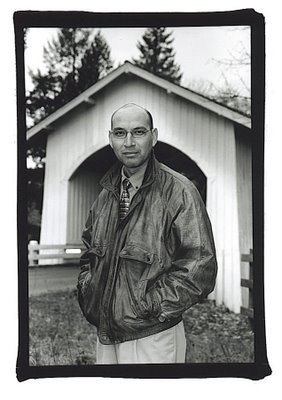Framing

I think about photographs as being full or empty. You picture something in the frame and it's got lots of accounting going on in it--stones and buildings and trees and air--but that's not what fills up a frame. You fill up the frame with feelings, energy, discovery, and risk, and leave room enough for someone else to get in there. -Joel Meyerowitz
Framing is a compositional element that is best applied figuratively rather than literally. Although it was once considered avant-garde for a subject to place an actual picture frame around their face, I think this technique has run its course.
In reality, photographers use framing to direct the viewer's attention or focus to the primary subject of a picture. Frames serve a double purpose of creating a more aesthetically pleasing image as well as emphasizing or separating the subject from the rest of the photo. Moreover, they add depth and can be used to obscure undesirable elements from the foreground or background.
 Ideally, an element used as a frame should not draw attention to itself, but should relate to the overall theme of the photograph. In these two examples, the frames--though disparate--fulfill these necessary requirements: a cross country runner is surrounded and framed by the environment of his event; and a young girl is entranced and framed by the dolls at a craft show she desperately longs to possess. In both cases, despite the variances of focal length and subject matter, the frames augment the photographs and do not detract from them.
Ideally, an element used as a frame should not draw attention to itself, but should relate to the overall theme of the photograph. In these two examples, the frames--though disparate--fulfill these necessary requirements: a cross country runner is surrounded and framed by the environment of his event; and a young girl is entranced and framed by the dolls at a craft show she desperately longs to possess. In both cases, despite the variances of focal length and subject matter, the frames augment the photographs and do not detract from them.
Framing offers photographers a world of possibilities--but remember to save the "real" picture frames for the finished product!


0 Comments:
Post a Comment
<< Home